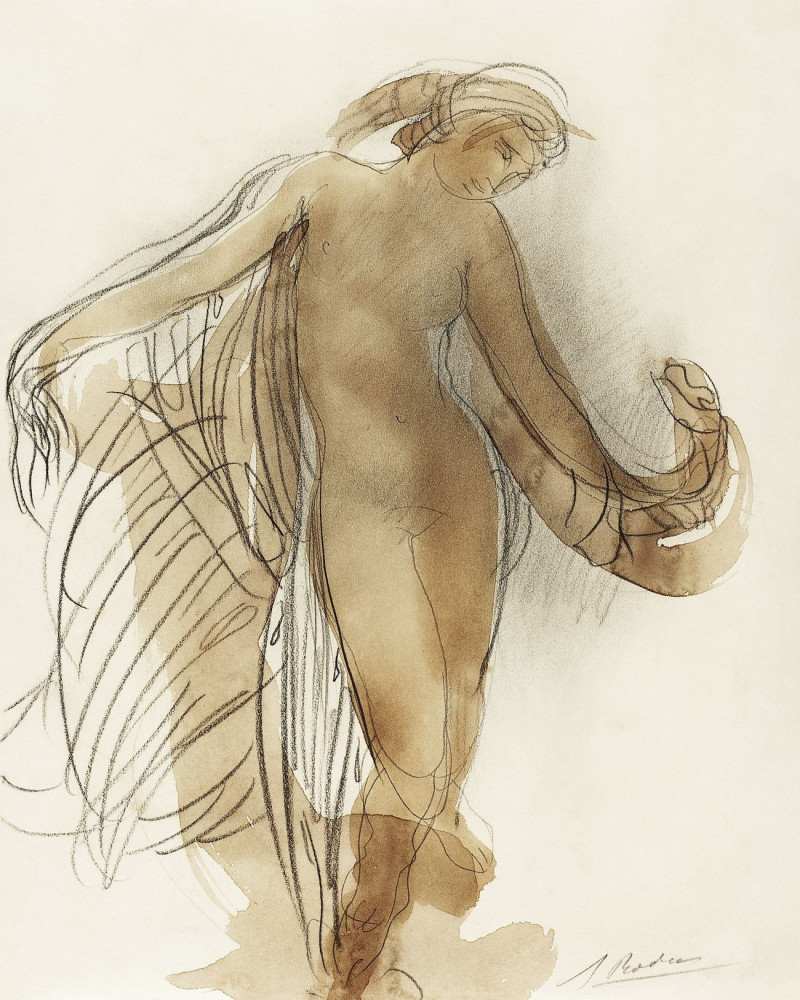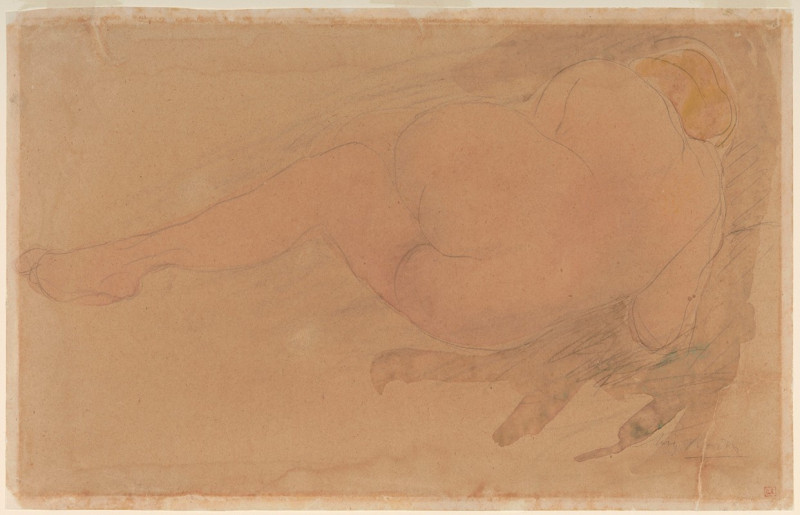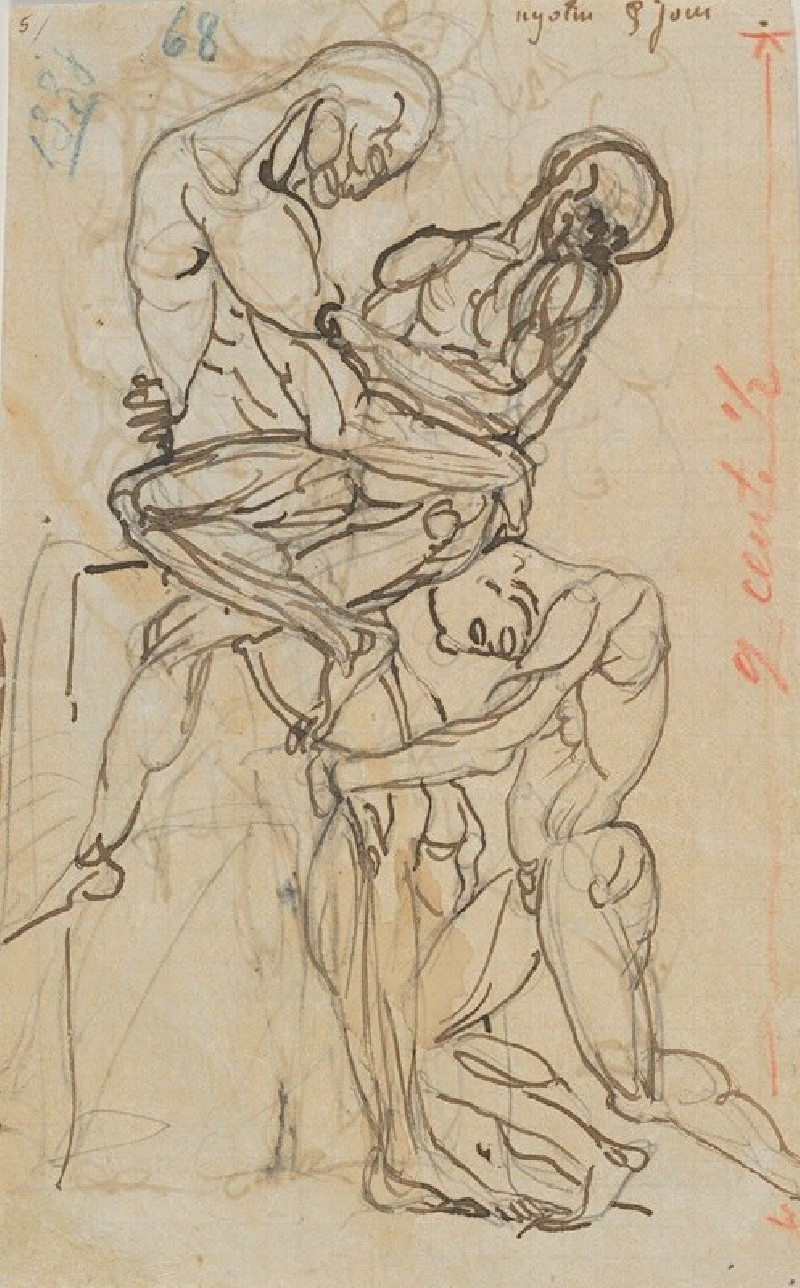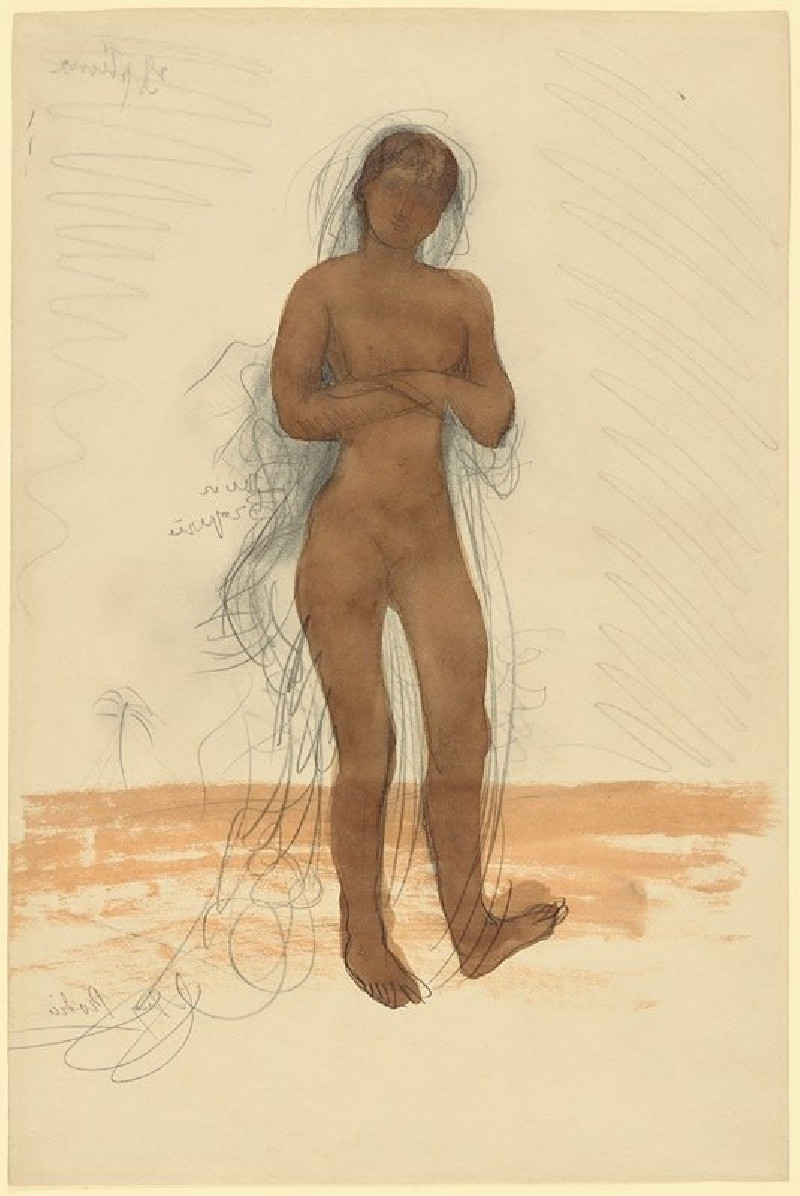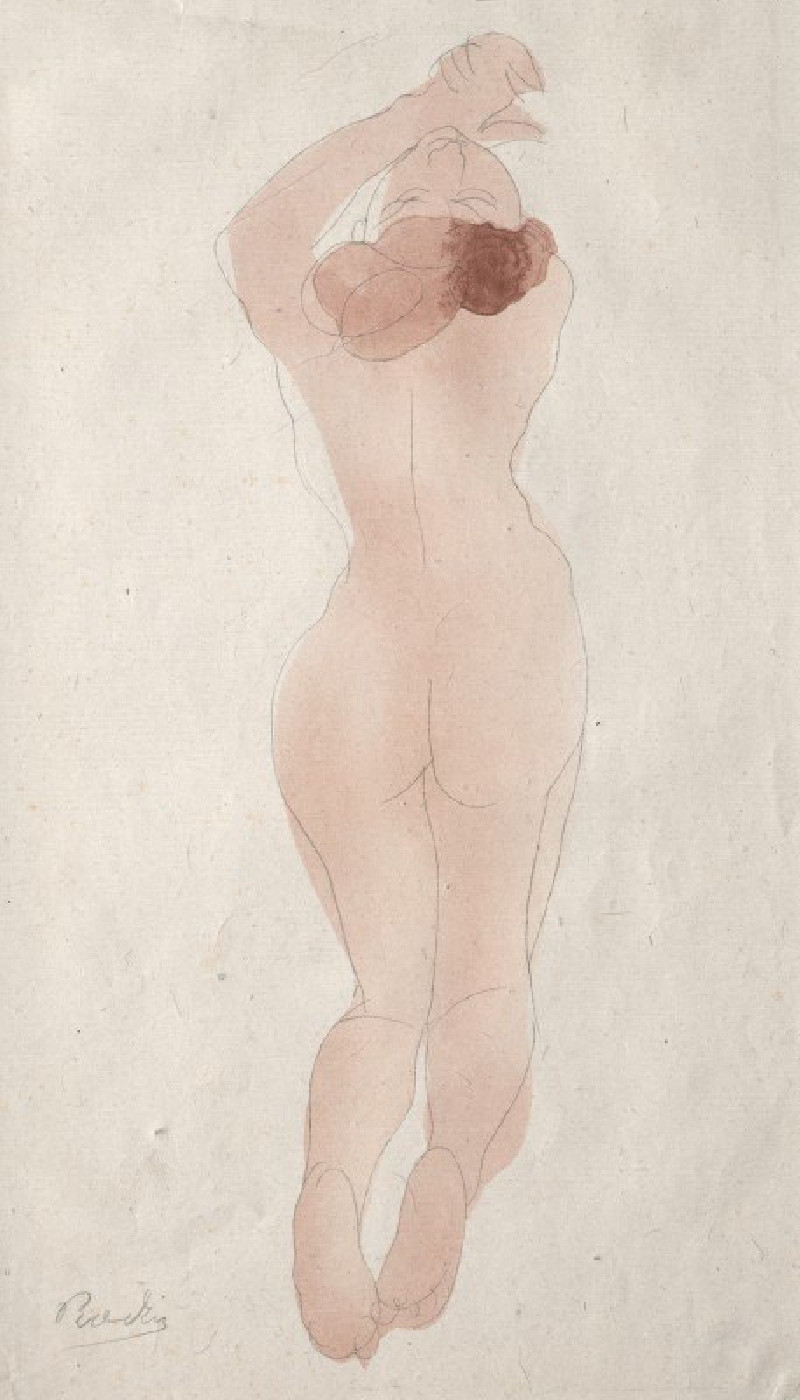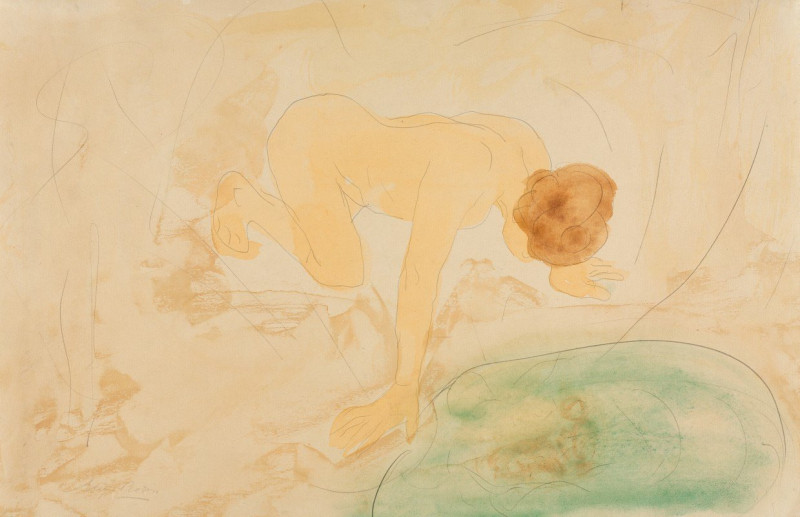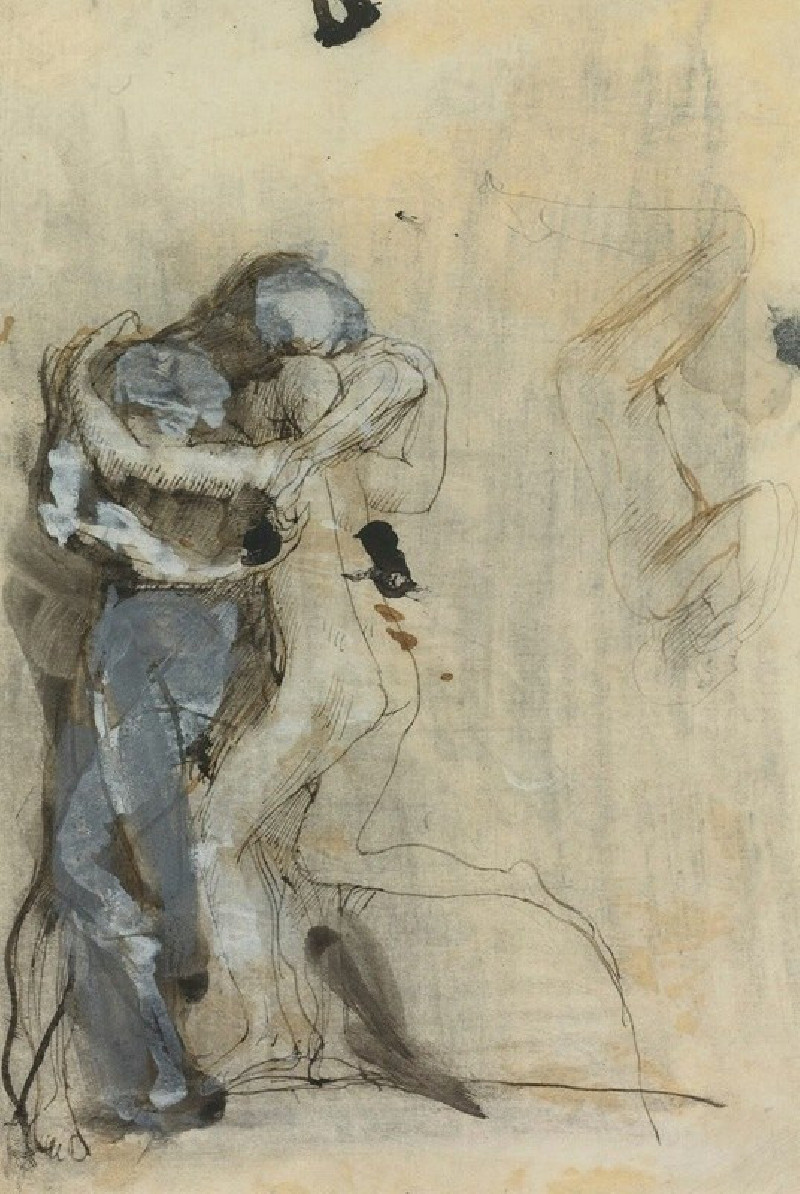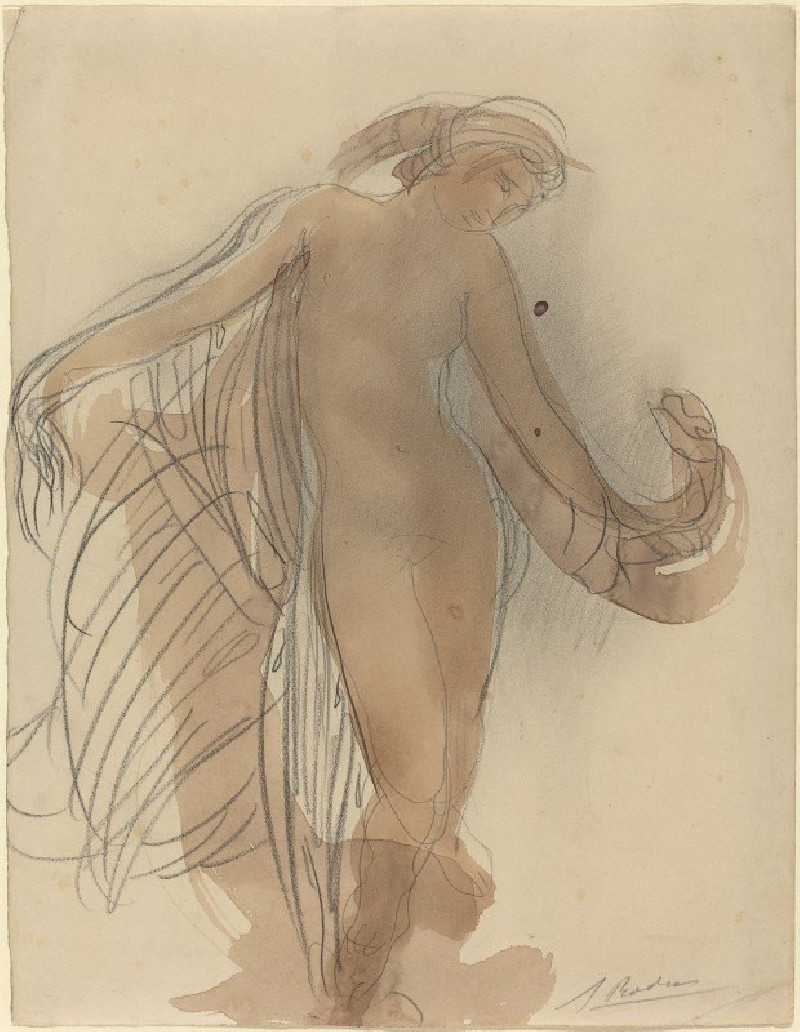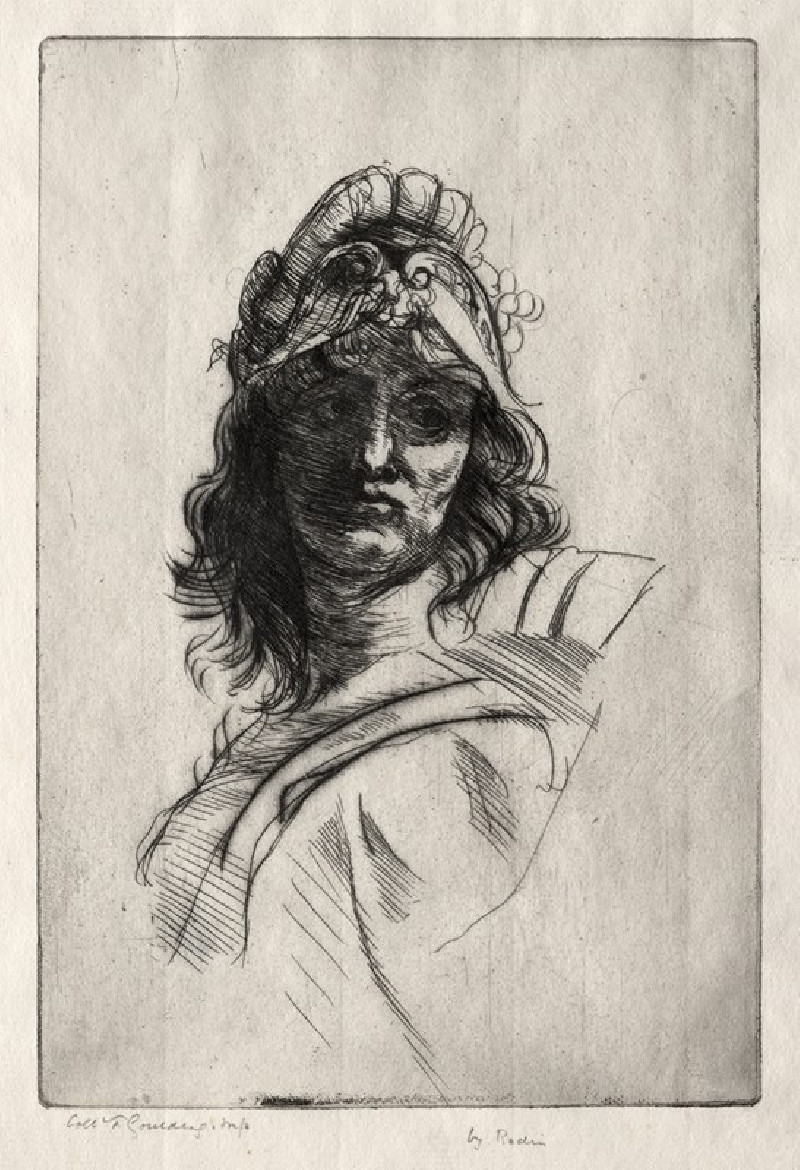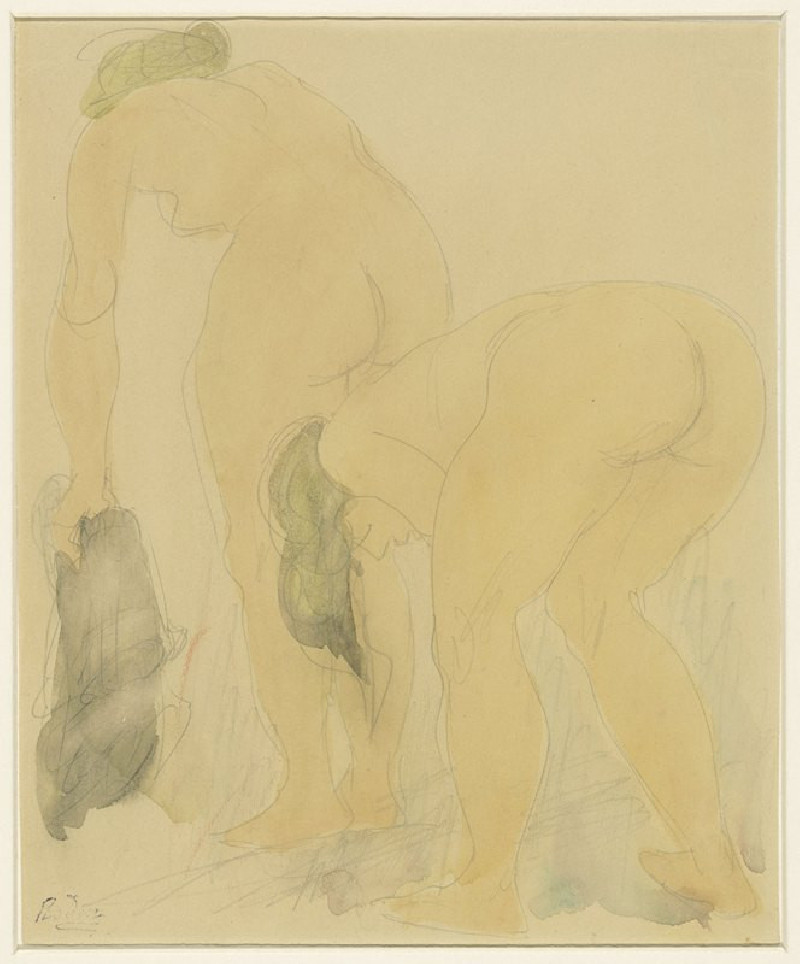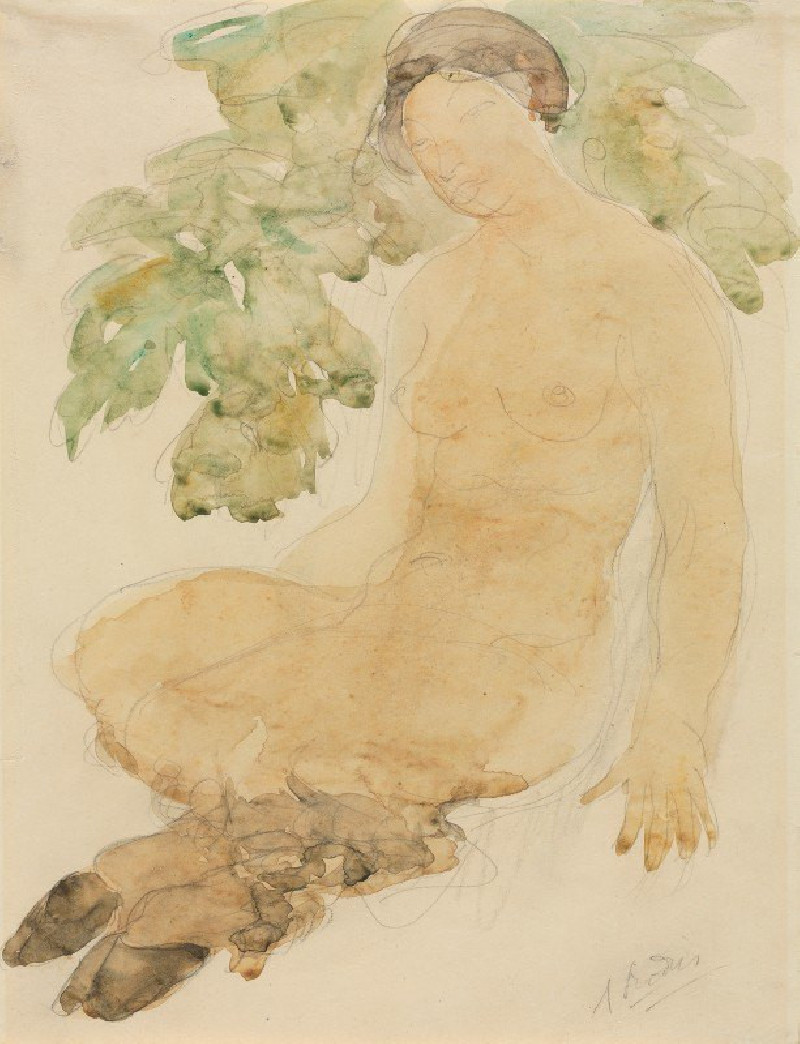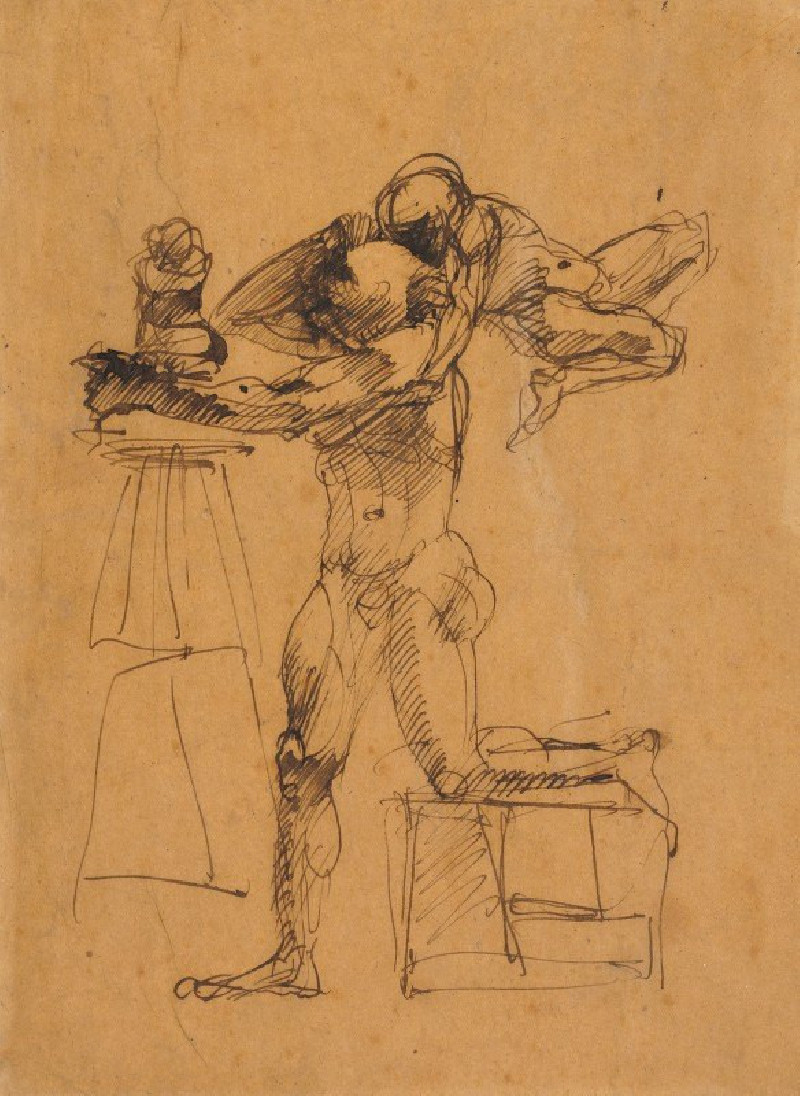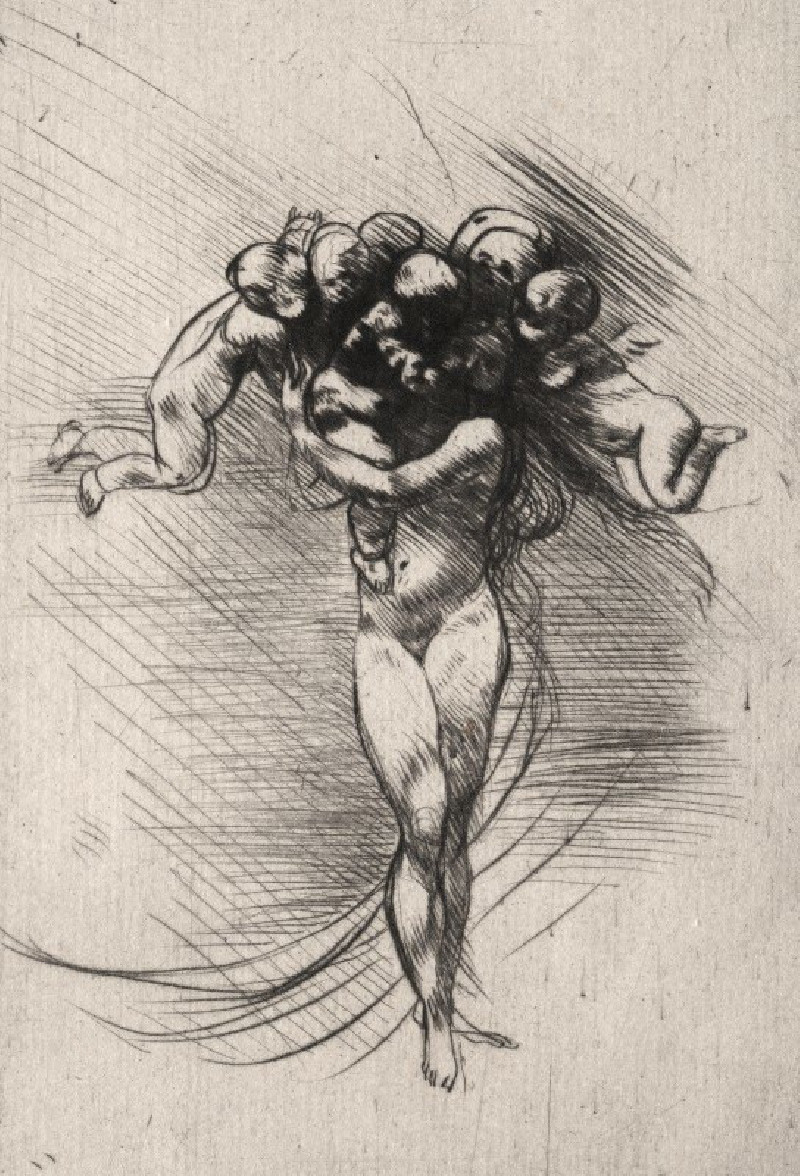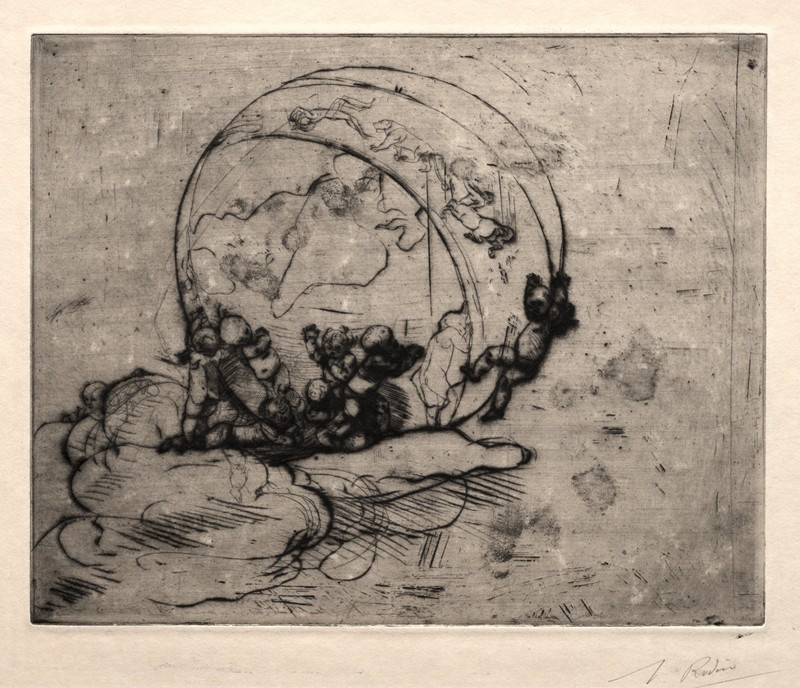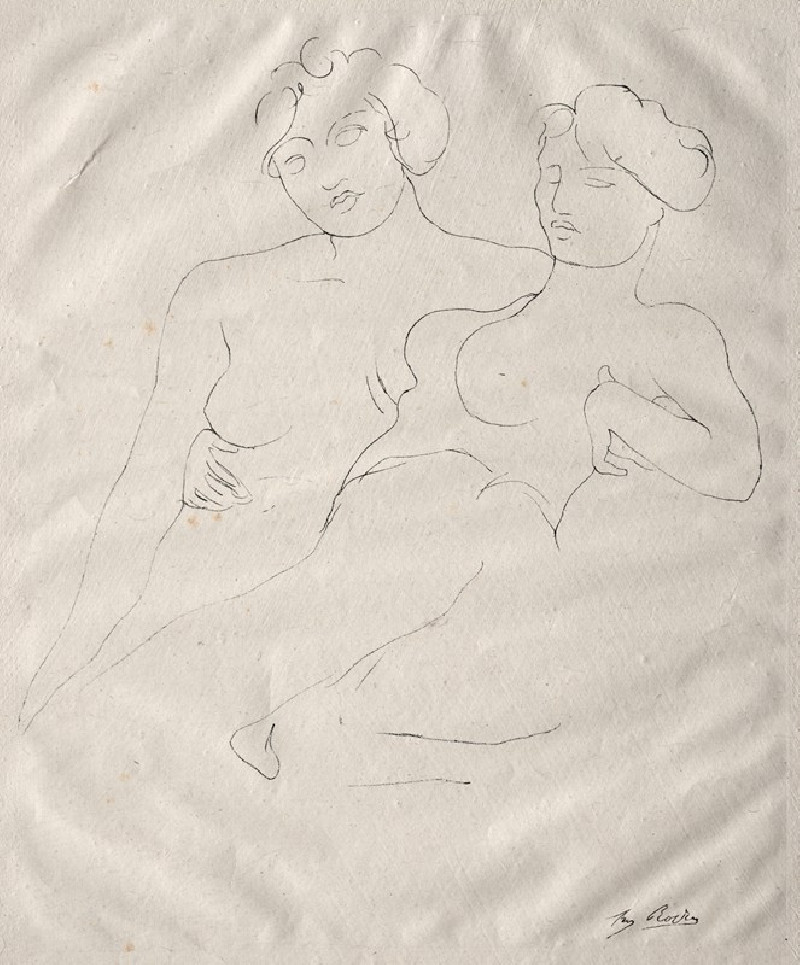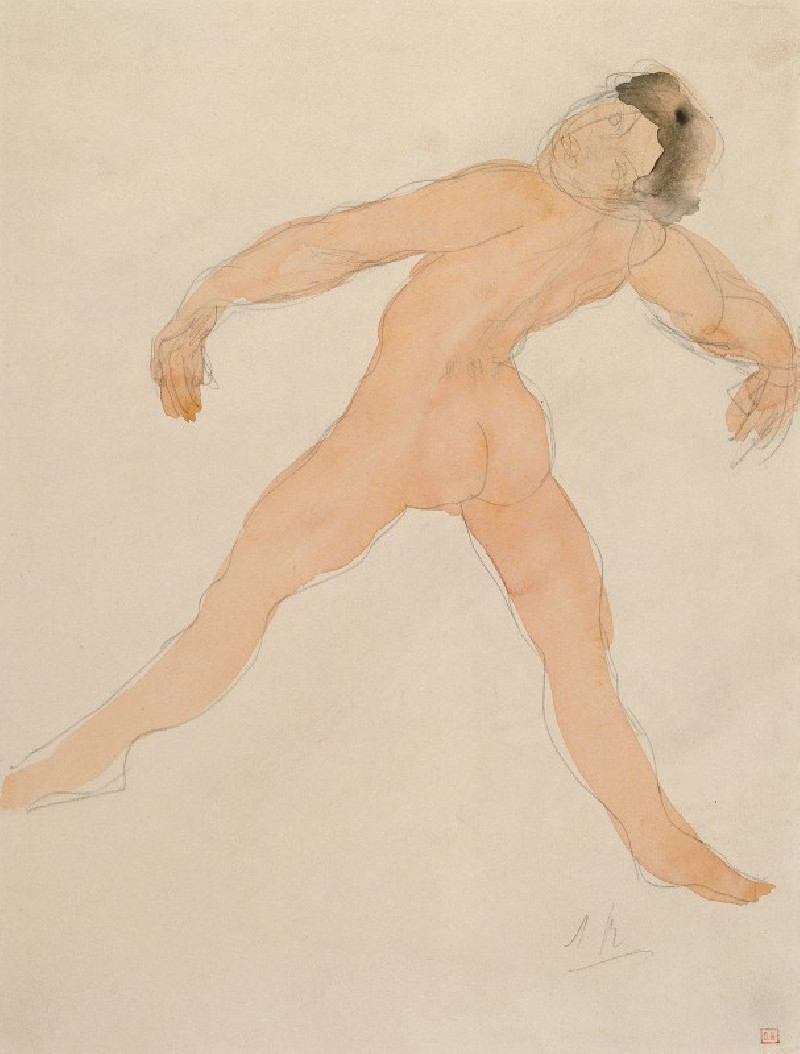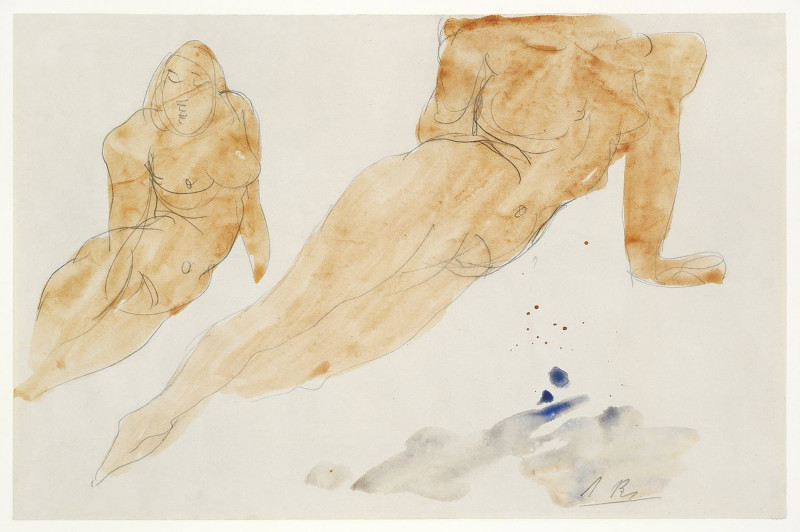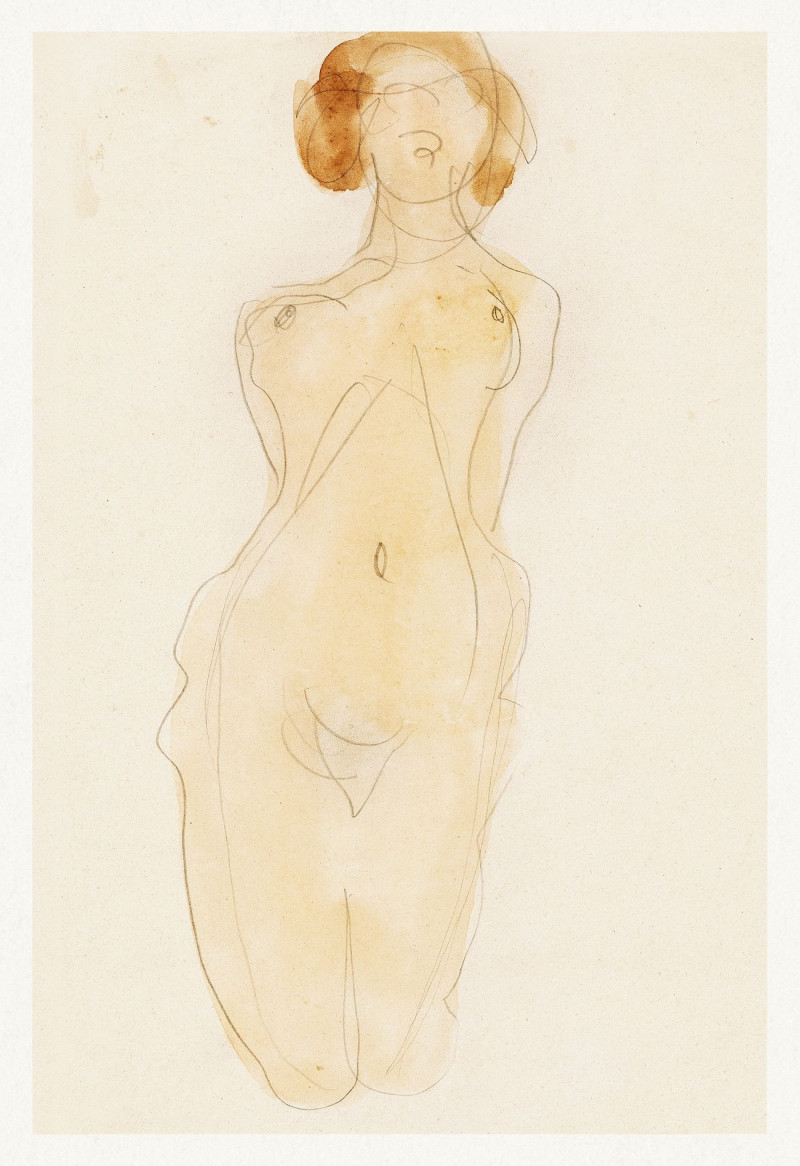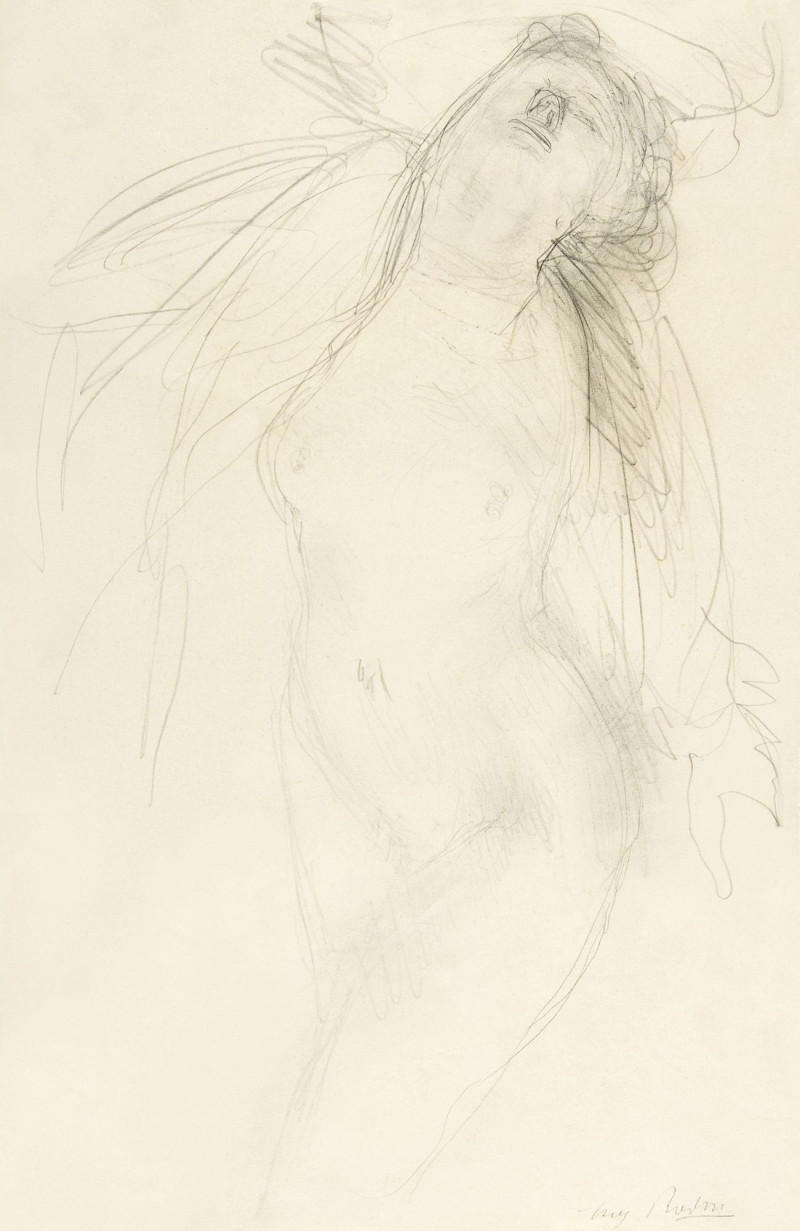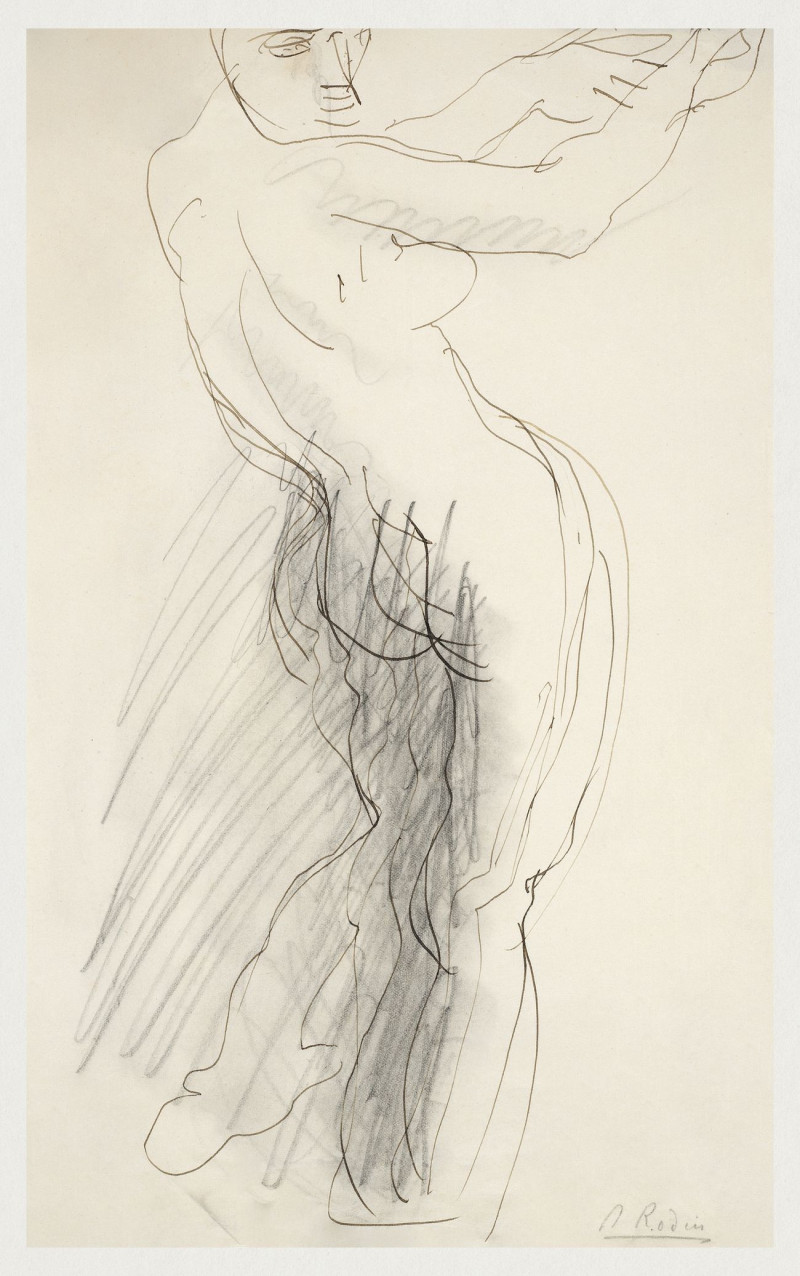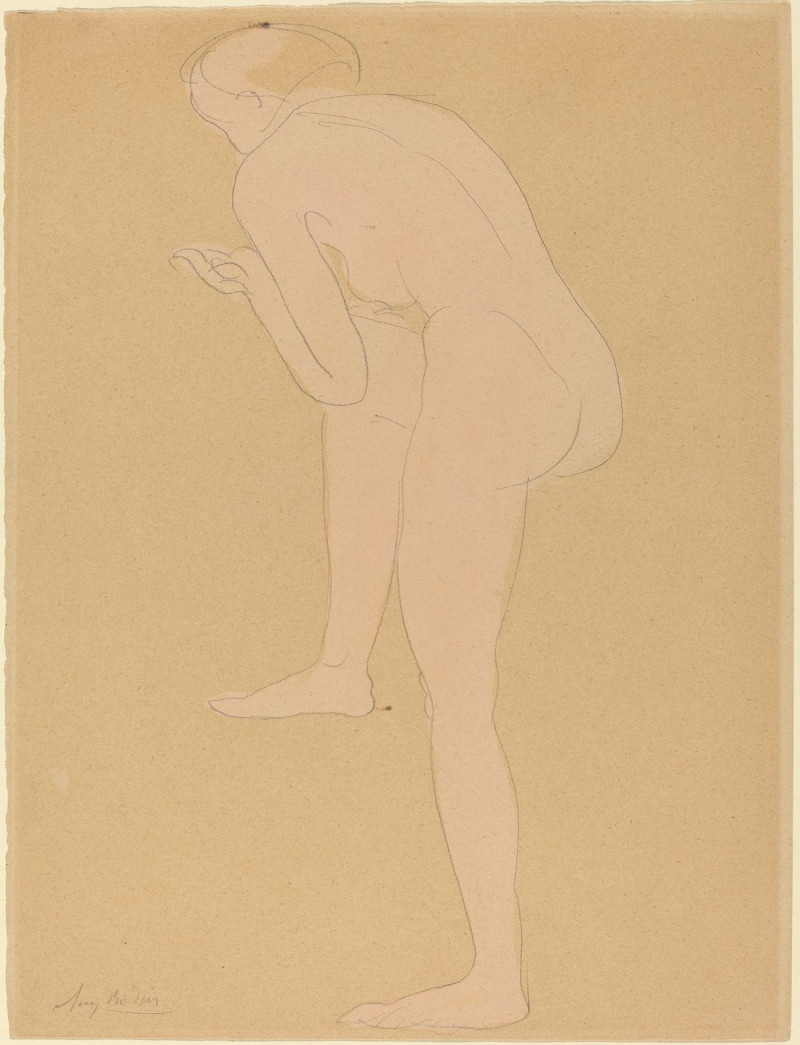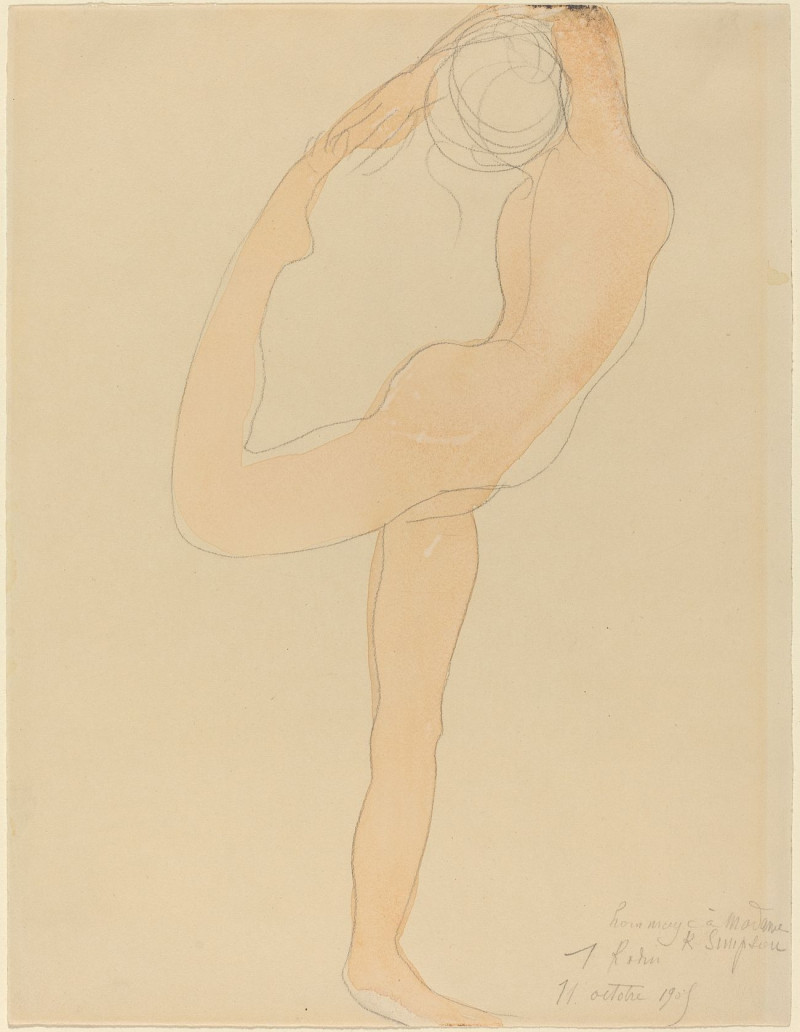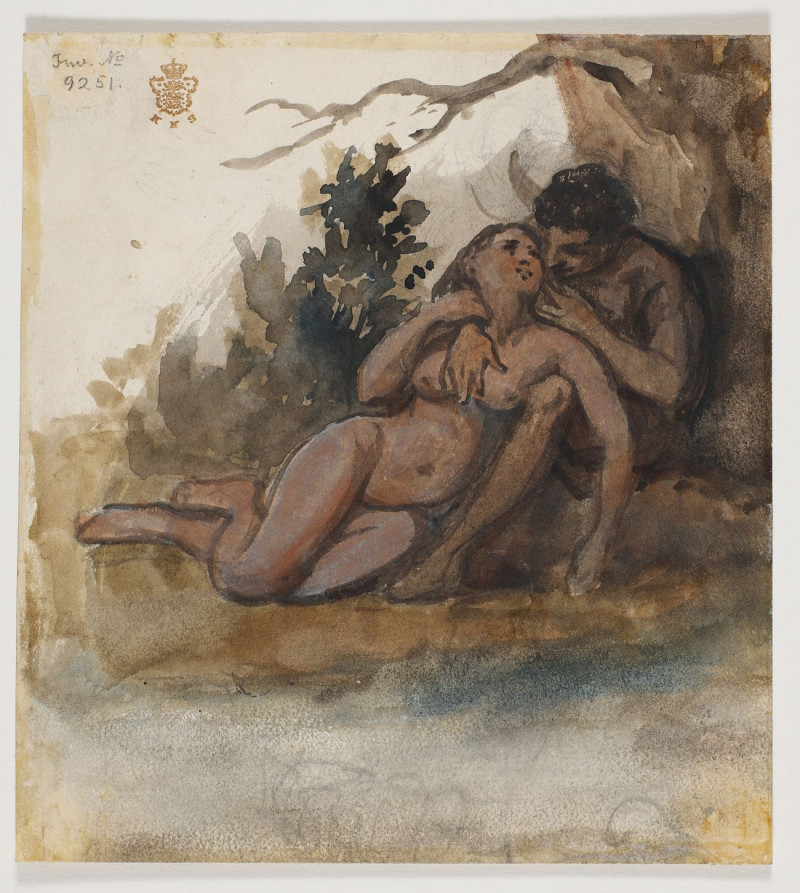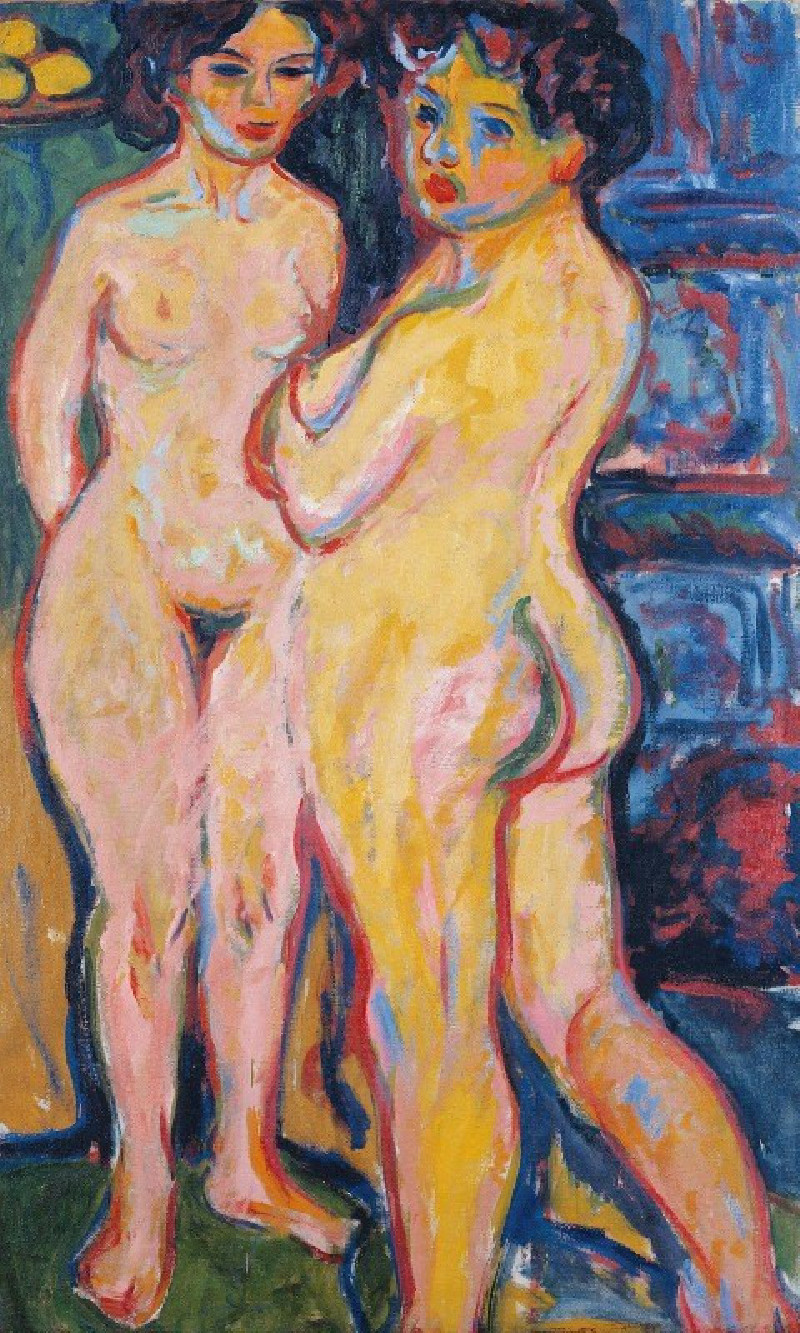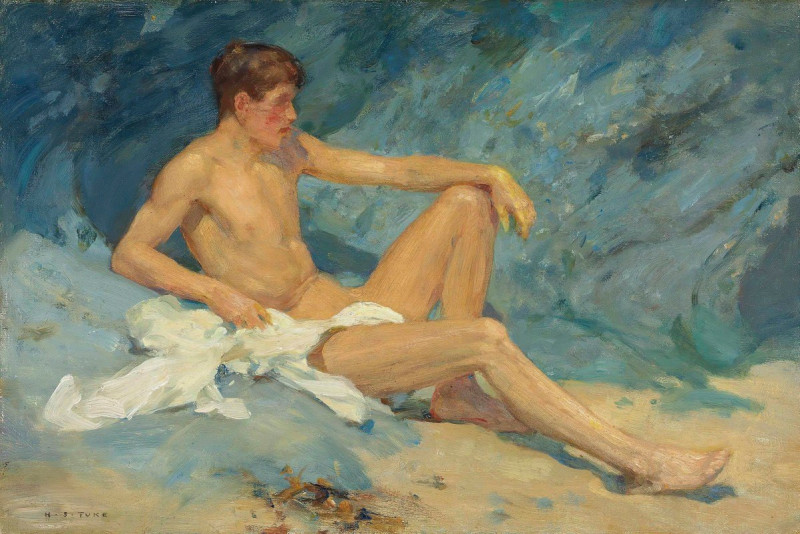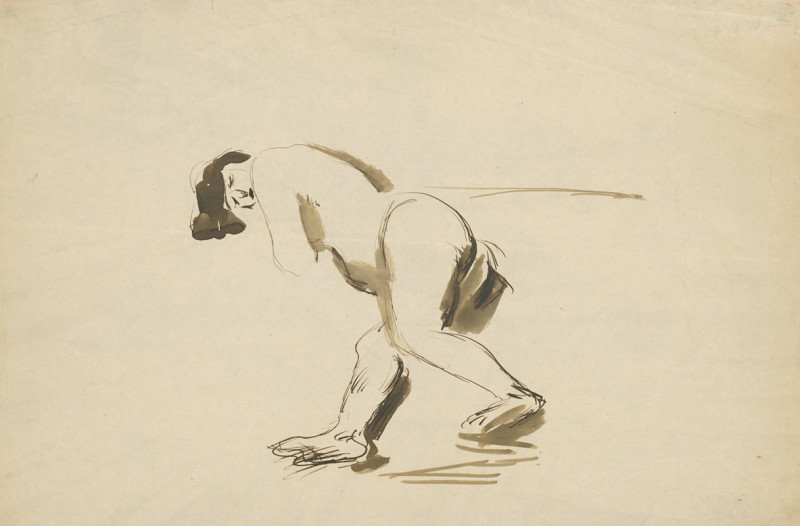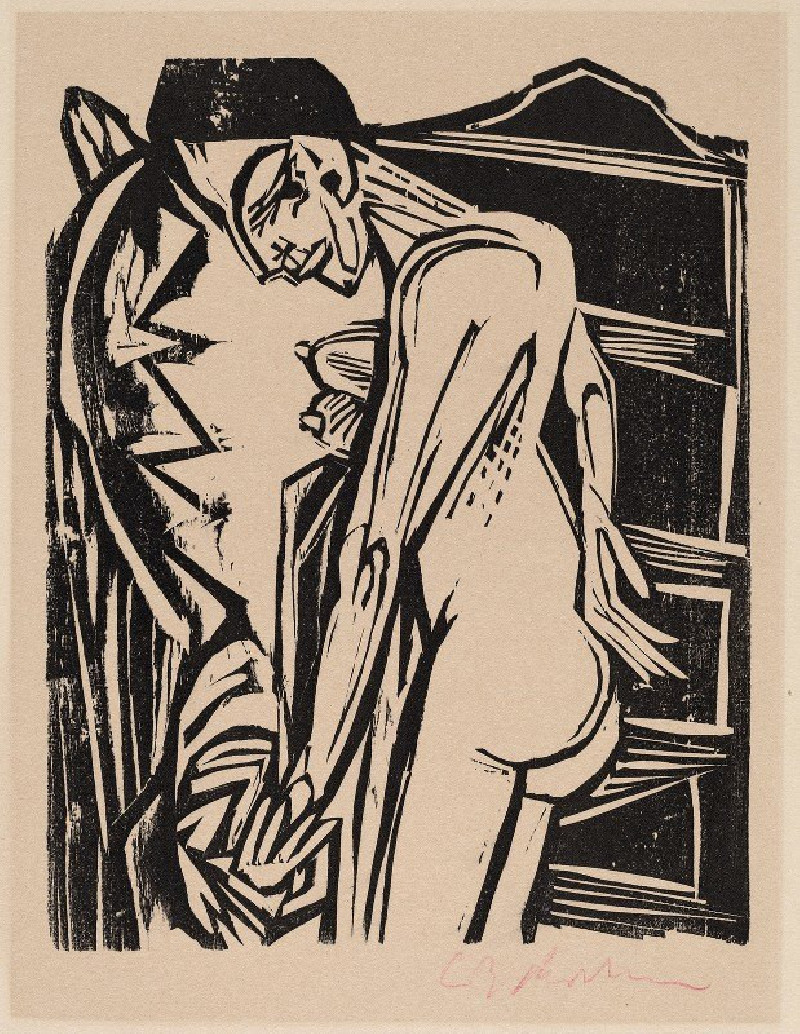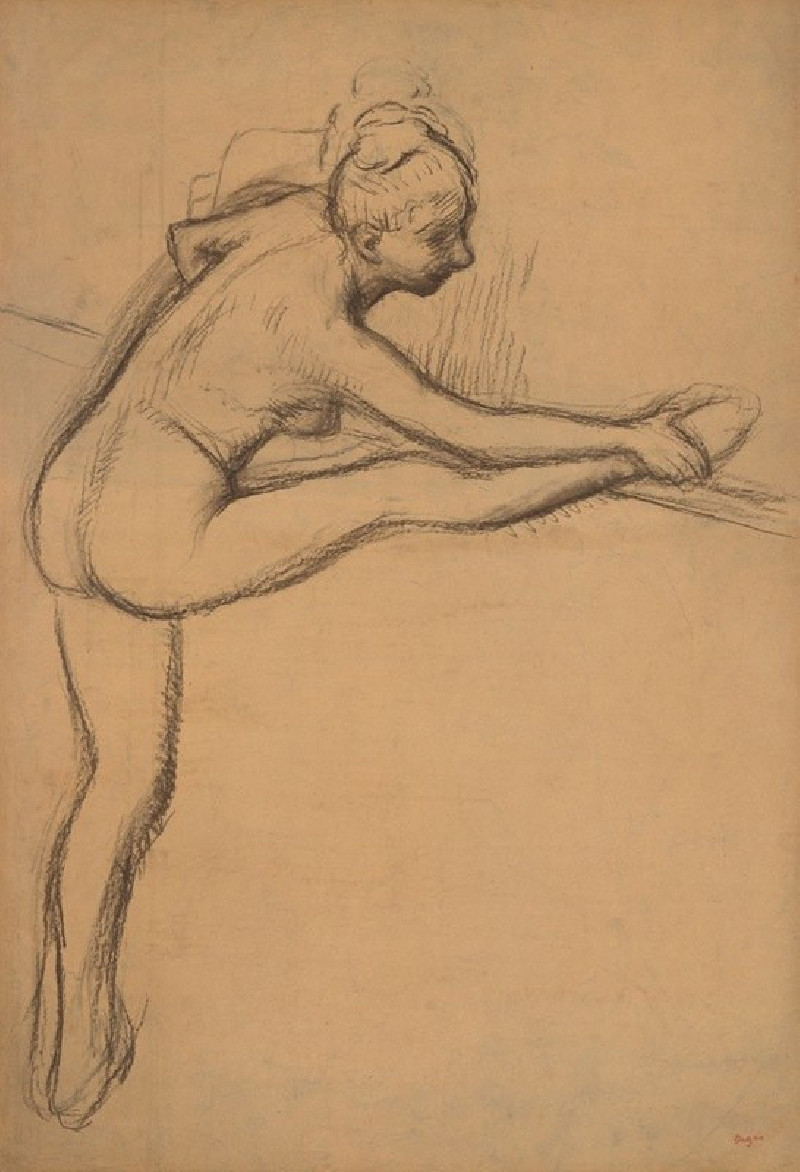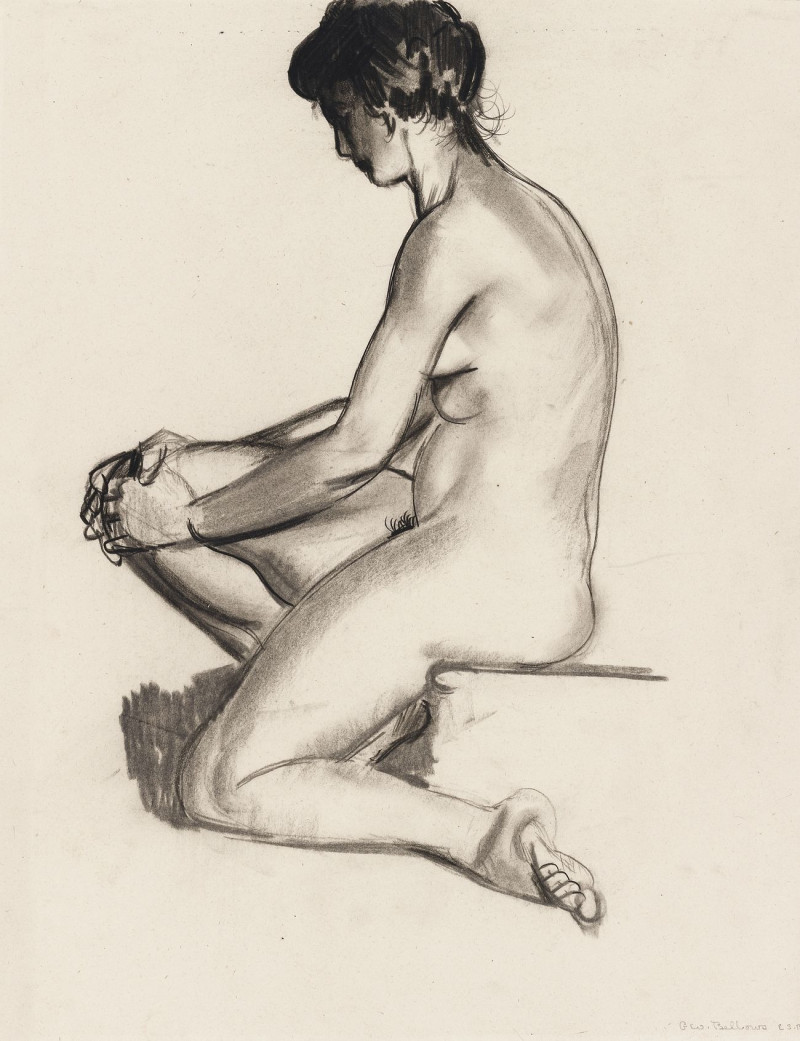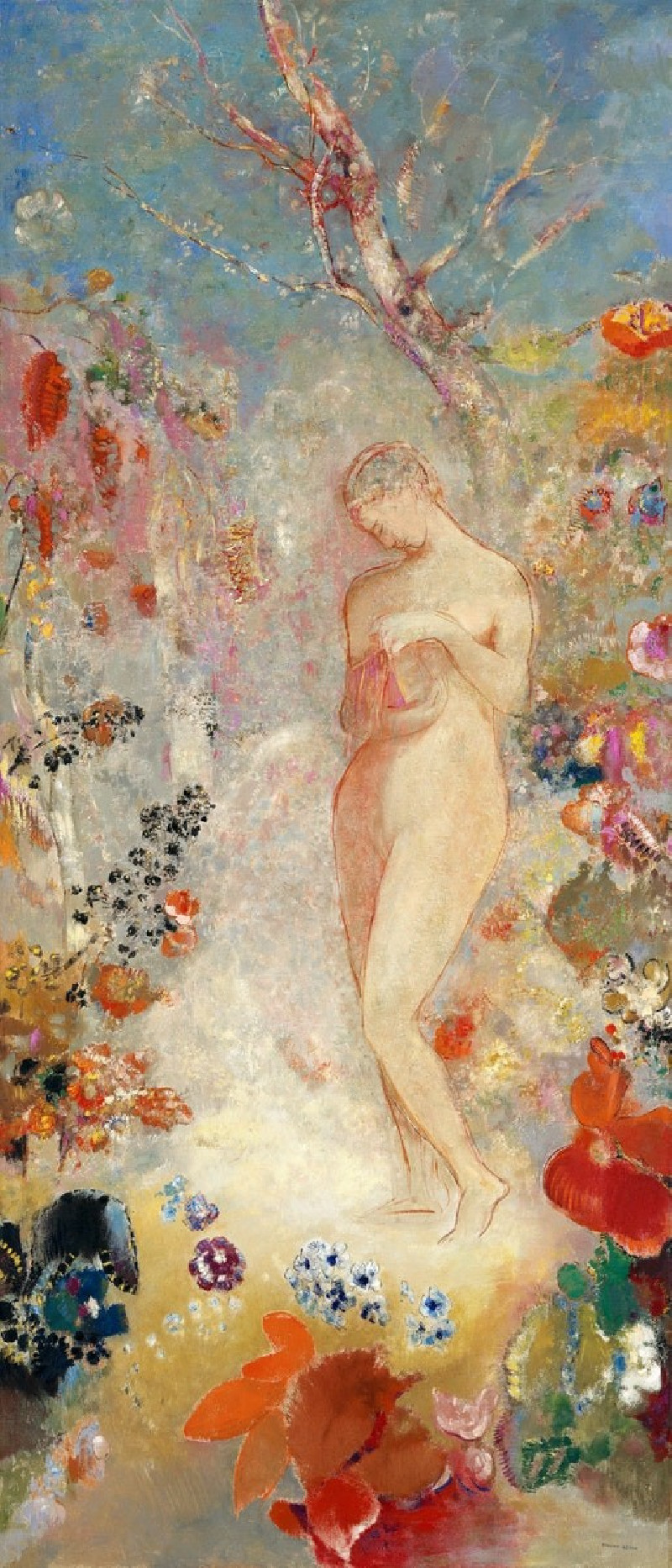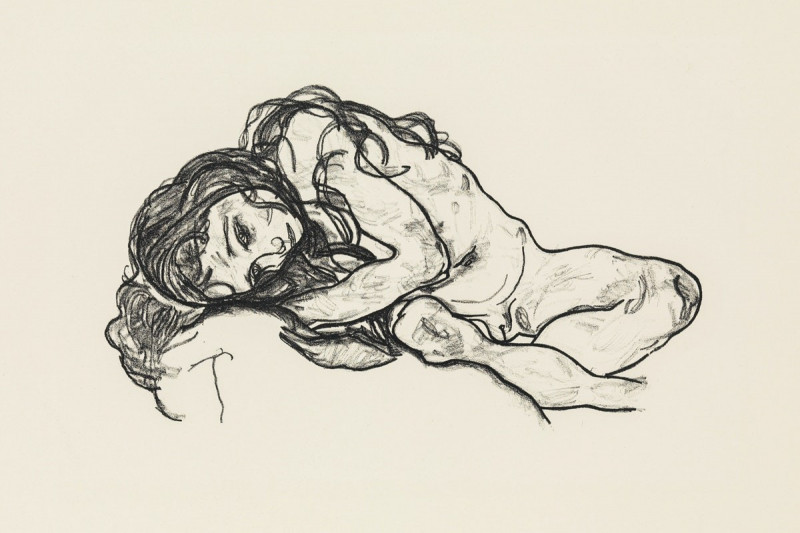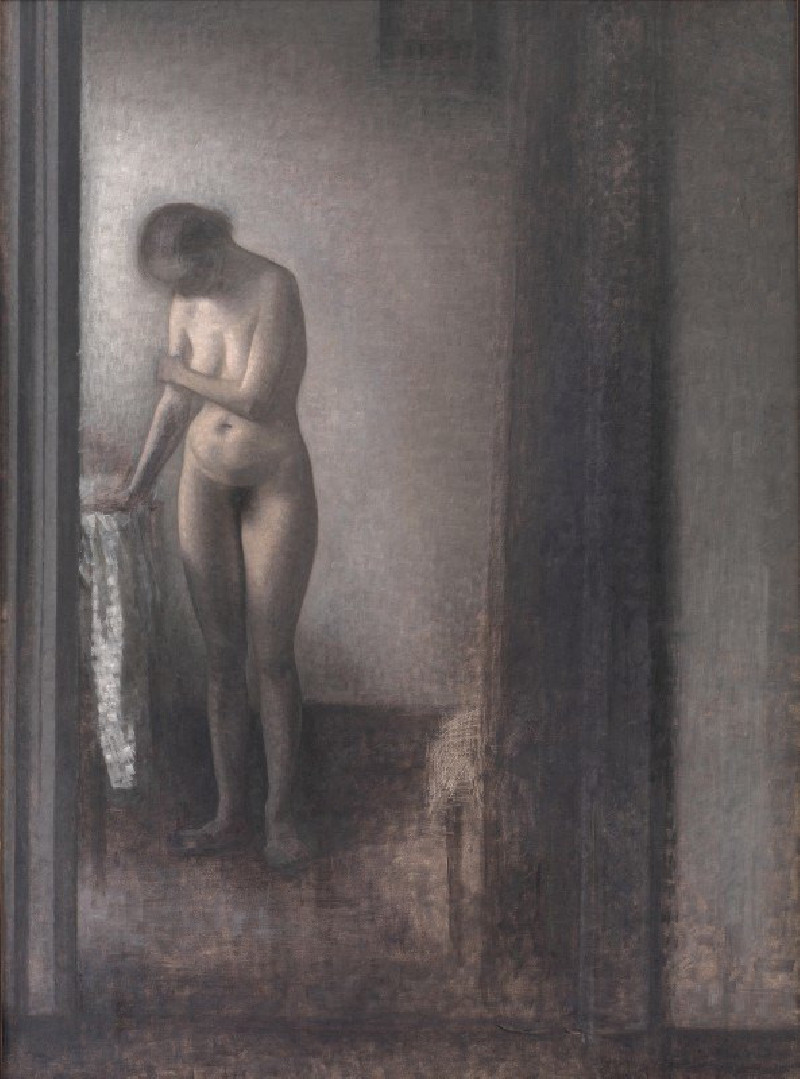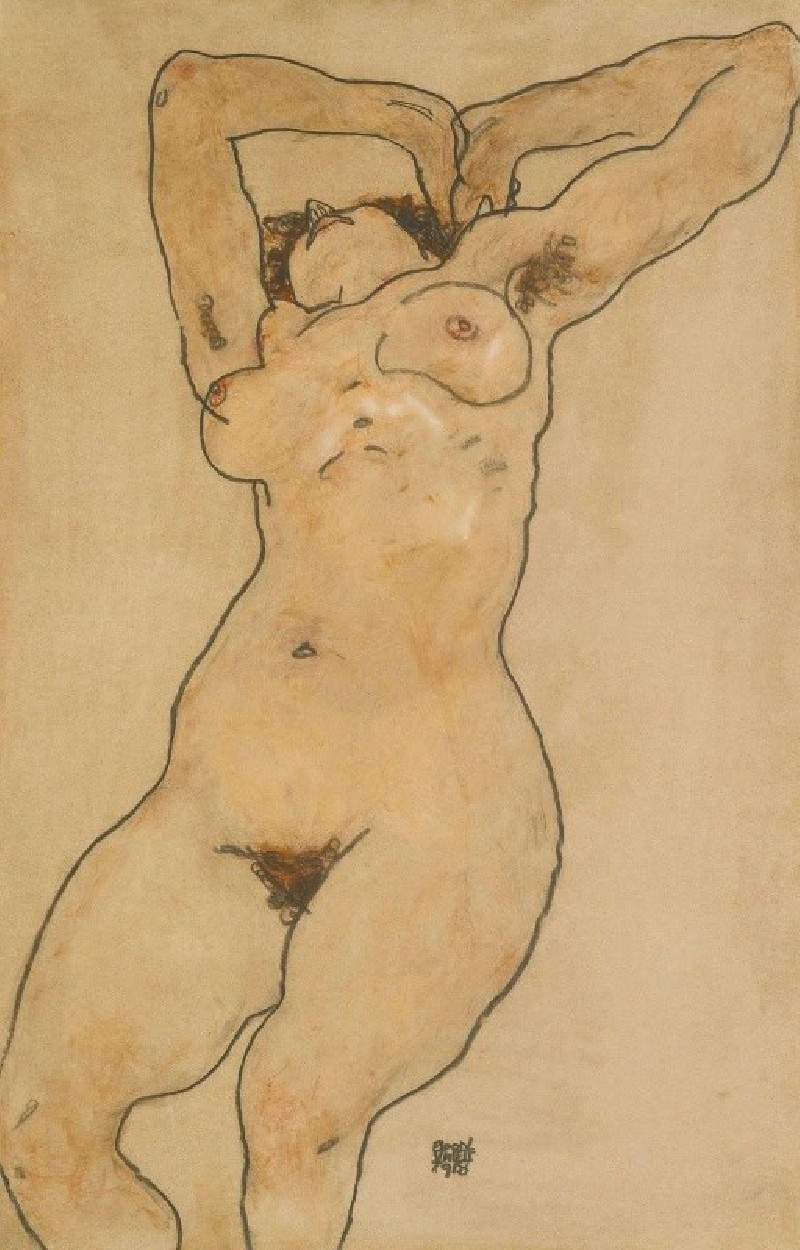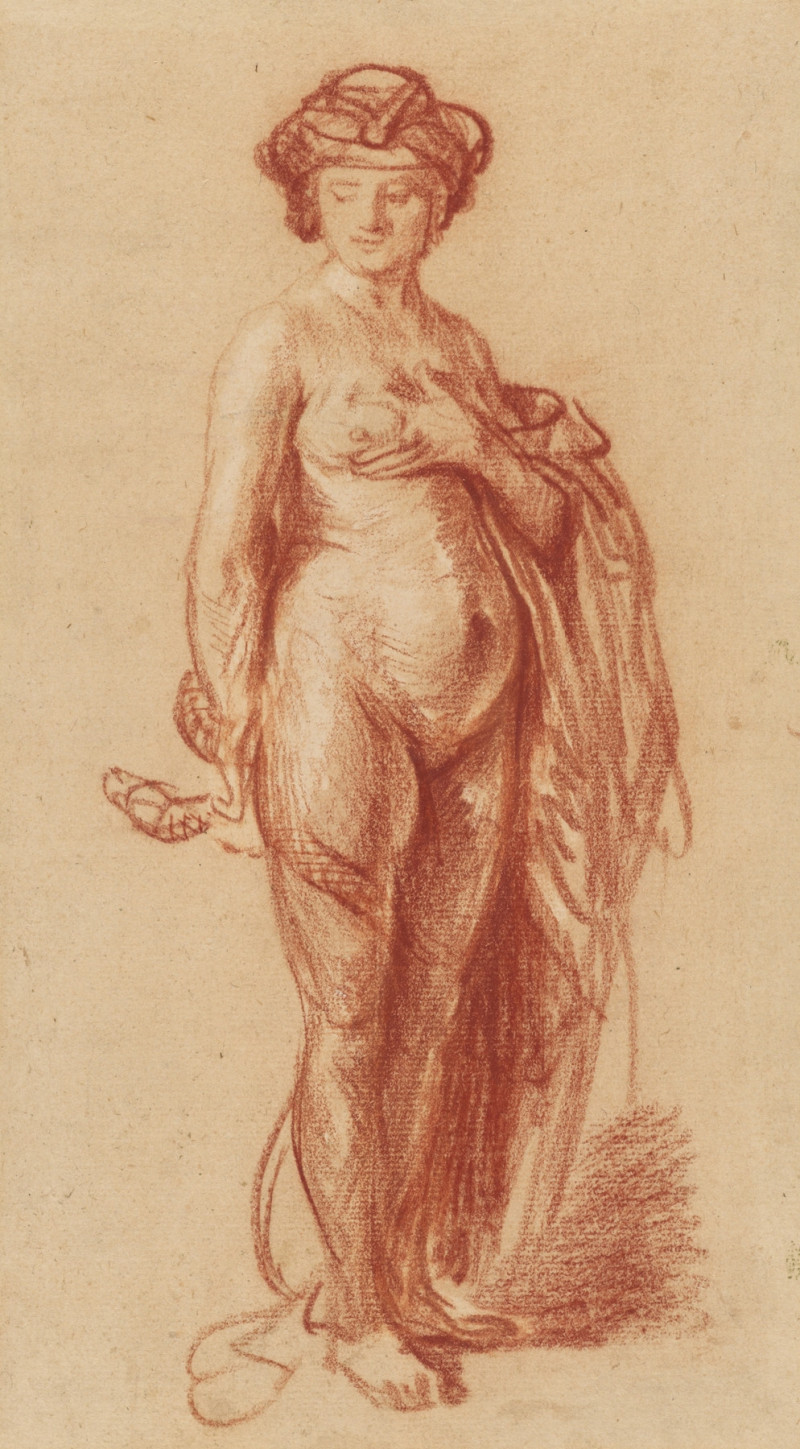Naked Woman Dancing, Vintage Nude Illustration
More about this artwork
Delivery
Reproductions are made to order and take 5 to 7 working days.
We send them out by courier and delivery takes another two working days.
If you need a reproduction sooner, please contact us - we can usually find a solution and produce it a little faster.
If you don't want to pay for postage, you can pick up your paintings at our galleries in Kaunas or Vilnius.
Returns
Yes, reproductions can be returned.
If you have any doubts more than 30 days after the date of purchase, please contact us - we will take the reproduction back for a refund or offer you a replacement!
We accept a maximum of two returns per customer - please note that we make reproductions to order, so please choose responsibly.
We do not refund shipping expenses.
Rodin was born into a poor family. After earning a living through sculpting decorative stoneworks, he entered art school. He then applied a craftsman-like approach to his work and modeled the human body with the naturalism that latterly became his unique style. Considered as the founder of modern sculpture, Rodin's original works clashed with predominant figurative sculpture from traditional themes of mythology and allegory since he celebrated individual human physicality.

